Australia’s Best Wildlife Encounters: Where to See Native Animals in the Wild
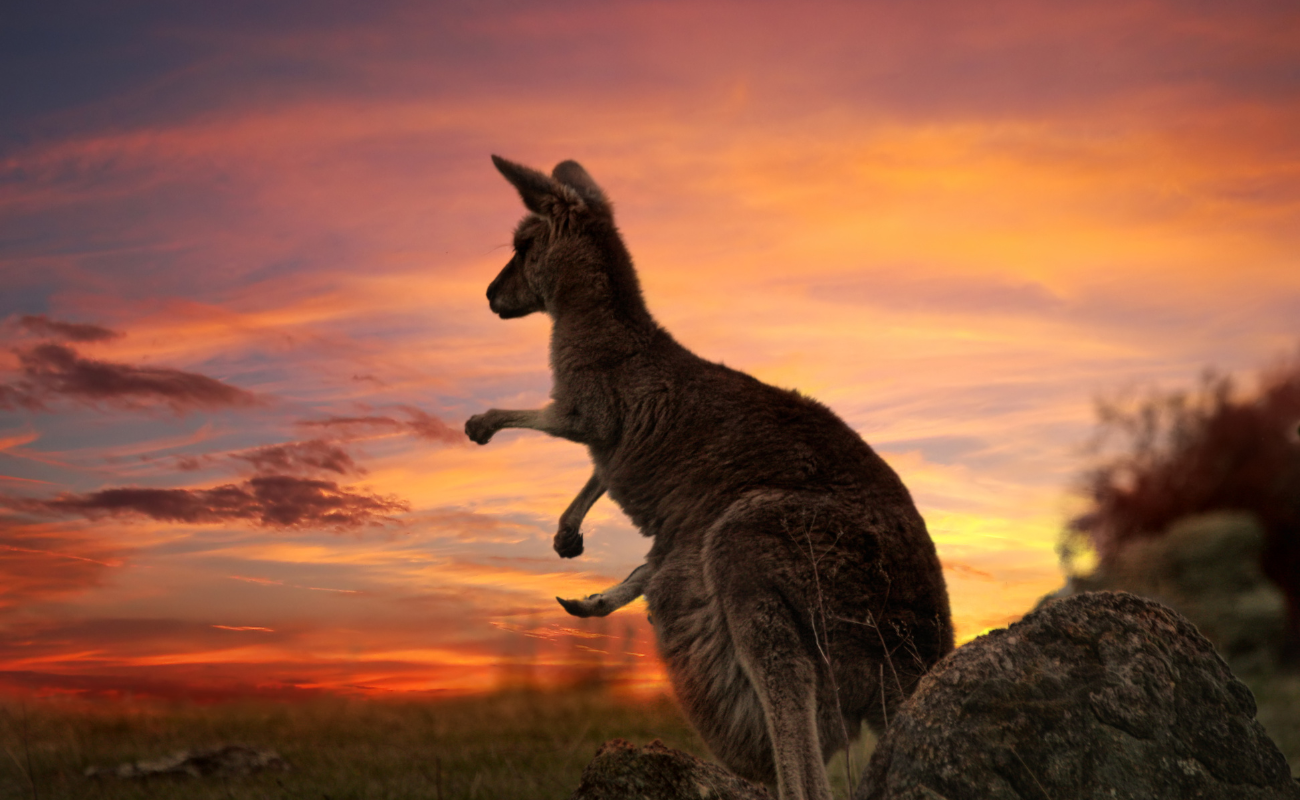
ustralia is a paradise for wildlife enthusiasts, offering a unique chance to see some of the world’s most iconic animals in their natural habitat. From hopping kangaroos to sleepy koalas, vibrant birds, and elusive marine creatures, Australia’s diverse ecosystems are teeming with life. Whether you’re a nature enthusiast, a family looking for adventure, a wildlife photographer, or an eco-tourist, there’s something for everyone.
In this blog, we’ll explore the best places to encounter Australia’s native wildlife, highlighting top wildlife sanctuaries, national parks, and eco-friendly tours.
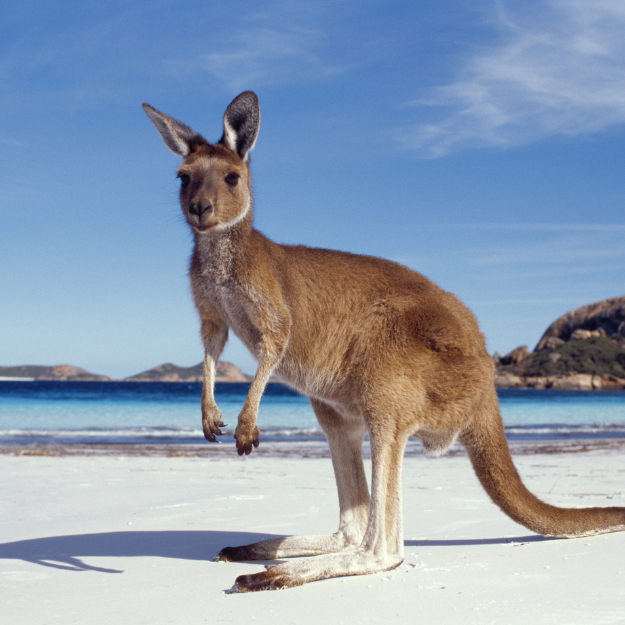
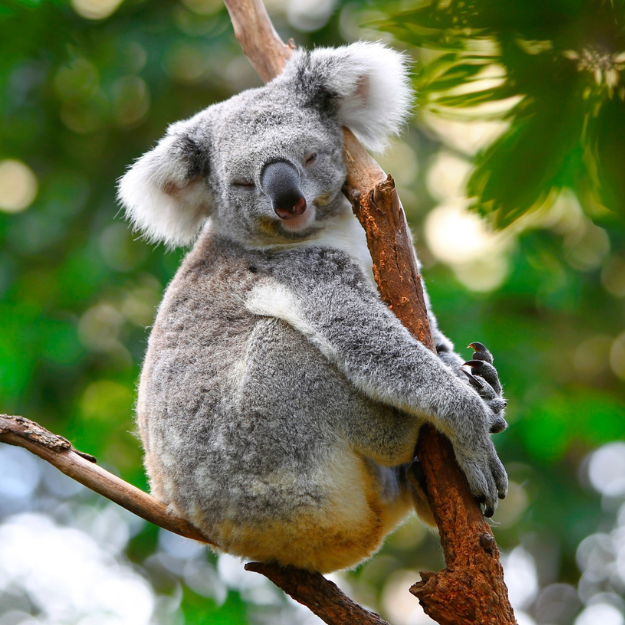
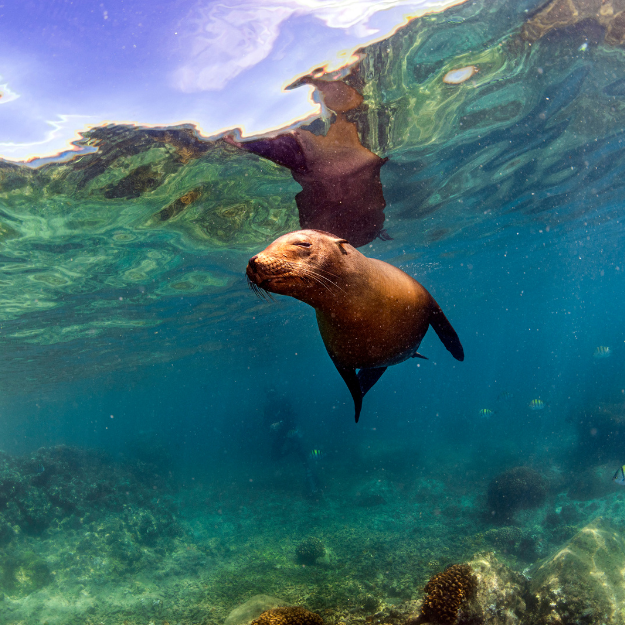
Book Flights to Australia
1. Kangaroo Island, South Australia
Best for: Kangaroos, Koalas, Sea Lions, and Birds
Kangaroo Island is a must-visit for anyone looking to encounter Australia’s iconic wildlife. Located off the coast of South Australia, the island is a sanctuary for an array of native animals. True to its name, kangaroos roam freely here, along with koalas perched in eucalyptus trees, and the occasional echidna.
Don’t miss:
- Seal Bay Conservation Park: A protected area where you can watch Australian sea lions basking in the sun.
- Flinders Chase National Park: Home to the rare and endangered glossy black cockatoo, as well as scenic hikes and natural rock formations.
Kangaroo Island also offers guided eco-tours, providing you with expert knowledge on the conservation efforts that protect these species.
2. Phillip Island, Victoria
Best for: Penguin Parade and Fur Seals
Phillip Island is famous for its nightly Penguin Parade, where hundreds of little penguins waddle back to their burrows after a day of fishing in the sea. This magical event is one of Australia’s most popular wildlife experiences and is great for families. In addition, you can see colonies of Australian fur seals at Seal Rocks, just off the coast.
Highlights:
- Penguin Parade: Watch as tiny penguins return to the shore at dusk.
- The Koala Conservation Centre: Offers a close-up view of koalas in their natural habitat.
Eco-conscious tours are available here, ensuring that your visit supports the conservation of these creatures.
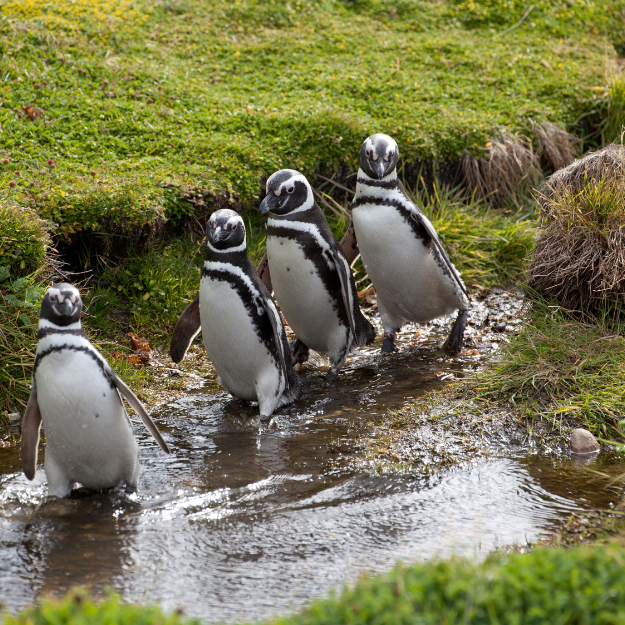
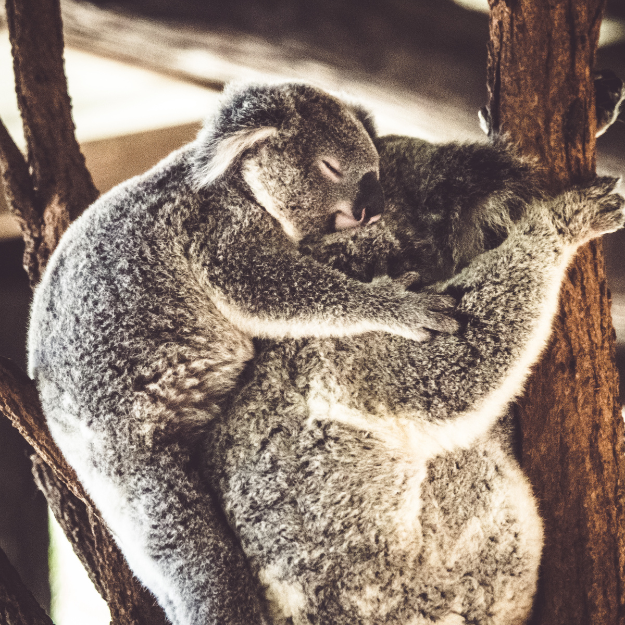
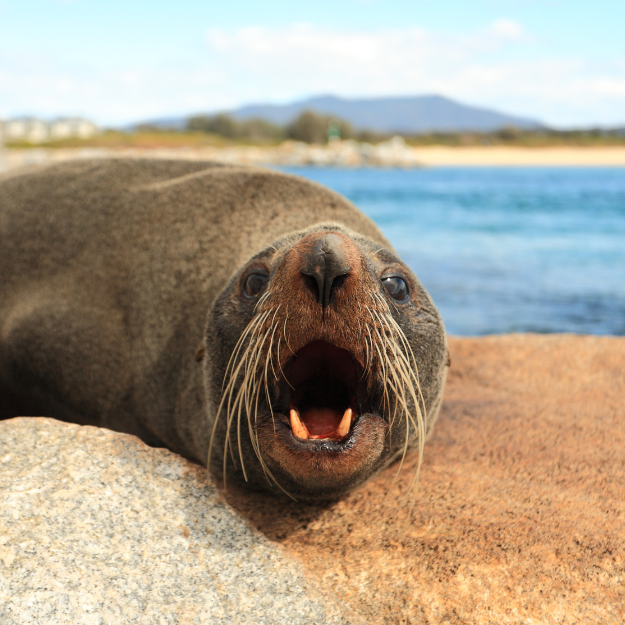
3. Daintree Rainforest, Queensland
Best for: Birds, Tree Kangaroos, and Crocodiles
The Daintree Rainforest, part of the Wet Tropics of Queensland, is one of the most biodiverse places on Earth. As the world’s oldest tropical rainforest, it’s home to a staggering variety of wildlife. The lush forest is the perfect place for birdwatchers, with species like the southern cassowary and the paradise kingfisher frequenting the area. You might also spot the elusive tree kangaroo or see estuarine crocodiles lounging by the Daintree River.
Must-See Spots:
- Mossman Gorge: Great for hiking and encountering native animals.
- Daintree River: Crocodile cruises offer a safe way to view these ancient reptiles up close.
The rainforest is also a hub for eco-tourism, with plenty of guided tours focusing on sustainable wildlife observation.
4. Great Barrier Reef, Queensland
Best for: Marine Wildlife
No wildlife encounter in Australia is complete without experiencing the Great Barrier Reef, the world’s largest coral reef system. This UNESCO World Heritage site is a haven for marine life, including colorful coral, tropical fish, turtles, and even dolphins. You can swim, snorkel, or dive with these creatures, making it an unforgettable wildlife experience.
Best Experiences:
- Snorkeling or Scuba Diving: Explore coral reefs teeming with marine life.
- Eco-Tours: Learn about reef conservation while enjoying the beauty of the ocean.
Numerous eco-certified operators ensure that your underwater adventure is sustainable and helps protect this fragile ecosystem.
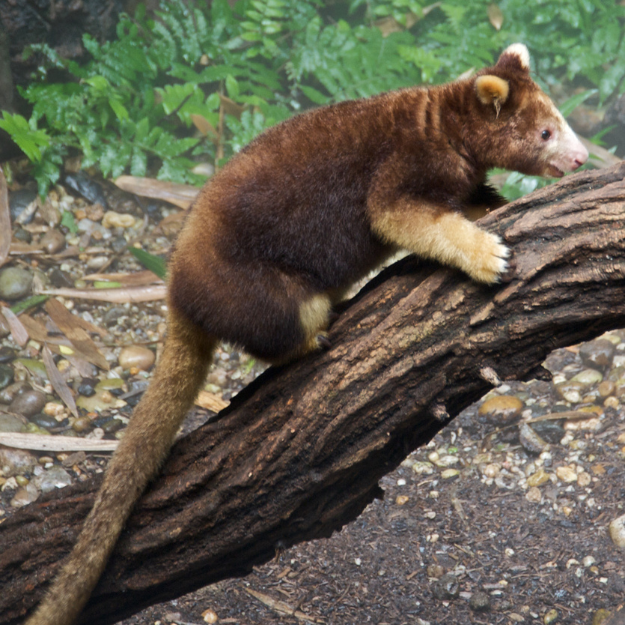
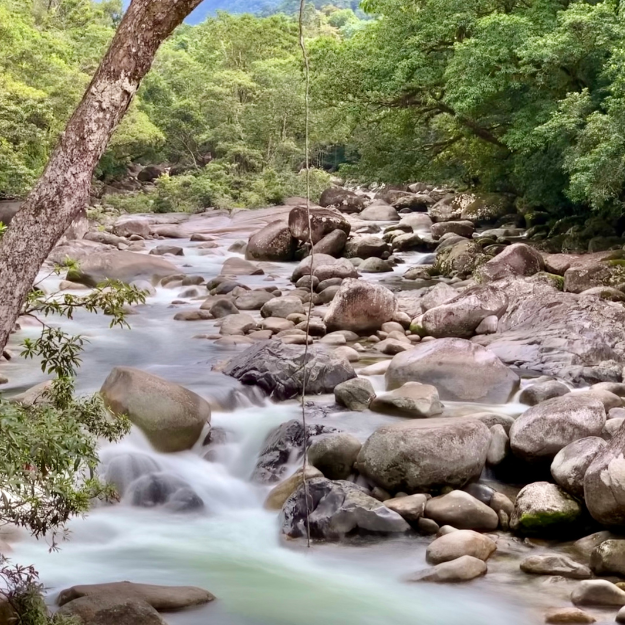
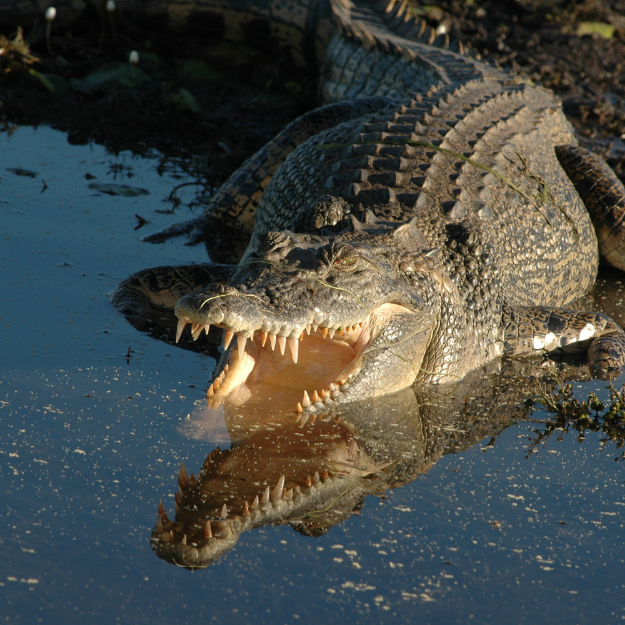
4. Great Barrier Reef, Queensland
Best for: Marine Wildlife
No wildlife encounter in Australia is complete without experiencing the Great Barrier Reef, the world’s largest coral reef system. This UNESCO World Heritage site is a haven for marine life, including colorful coral, tropical fish, turtles, and even dolphins. You can swim, snorkel, or dive with these creatures, making it an unforgettable wildlife experience.
Best Experiences:
- Snorkeling or Scuba Diving: Explore coral reefs teeming with marine life.
- Eco-Tours: Learn about reef conservation while enjoying the beauty of the ocean.
Numerous eco-certified operators ensure that your underwater adventure is sustainable and helps protect this fragile ecosystem.
5. Kakadu National Park, Northern Territory
Best for: Crocodiles, Birds, and Wallabies
Kakadu National Park, located in the Northern Territory, is a UNESCO World Heritage site known for its stunning landscapes and incredible wildlife. The park’s wetlands are home to saltwater crocodiles, while its vast floodplains attract thousands of migratory birds. You’ll also encounter wallabies hopping across the rugged terrain and might spot dingoes in the wild.
Top Activities:
- Yellow Water Cruises: A perfect way to spot crocodiles and bird species from the safety of a boat.
- Guided Bushwalks: Learn about Aboriginal culture while spotting local wildlife.
Kakadu is a prime location for nature photographers, with its dramatic landscapes and abundance of wildlife.
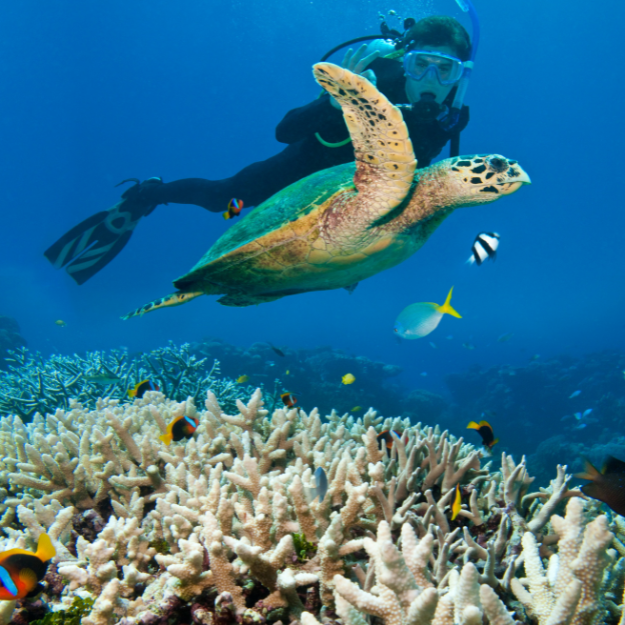
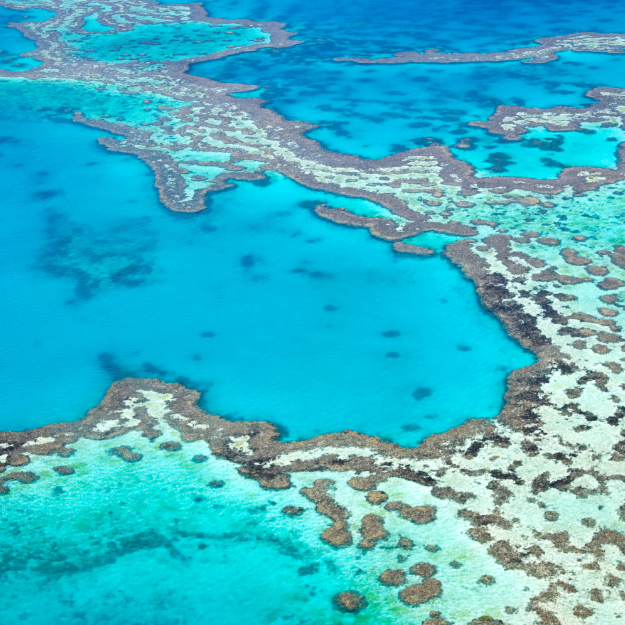
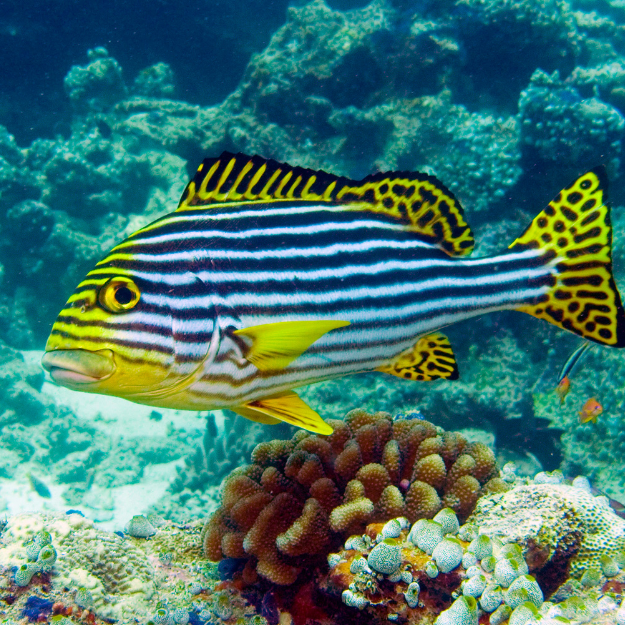
6. Tasmania’s Wilderness
Best for: Tasmanian Devils, Wallabies, and Platypus
Tasmania’s untouched wilderness offers some of the best wildlife encounters in Australia. From the iconic Tasmanian devil to the elusive platypus, this island state is rich with unique species. Freycinet National Park and Cradle Mountain-Lake St Clair National Park are great spots to see wallabies, wombats, and native birds.
Notable Experiences:
- Tasmanian Devil Unzoo: Get up close with Tasmanian devils while learning about conservation efforts to save them from extinction.
- Platypus House: For a rare chance to see a platypus in its natural environment.
Tasmania’s eco-tours allow visitors to engage with wildlife responsibly while enjoying the scenic landscapes.
7. Blue Mountains, New South Wales
Best for: Koalas, Kangaroos, and Birdlife
Just a short drive from Sydney, the Blue Mountains offer a convenient yet incredible wildlife experience. The region is home to koalas, kangaroos, and a wide variety of bird species, including cockatoos and kookaburras. Hiking trails wind through eucalyptus forests, offering a chance to see these animals in their natural surroundings.
What to Do:
- Hiking Trails: Experience encounters with wildlife while trekking through stunning landscapes.
- Featherdale Wildlife Park: If you’re short on time, this sanctuary offers a glimpse of local wildlife, with opportunities to hand-feed kangaroos.
The Blue Mountains are ideal for day trips, but longer eco-tours are available for those who wish to explore deeper into the wilderness.
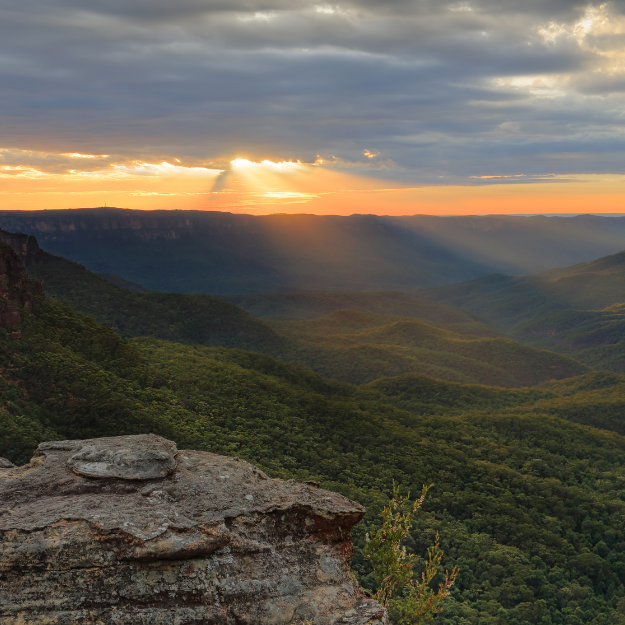
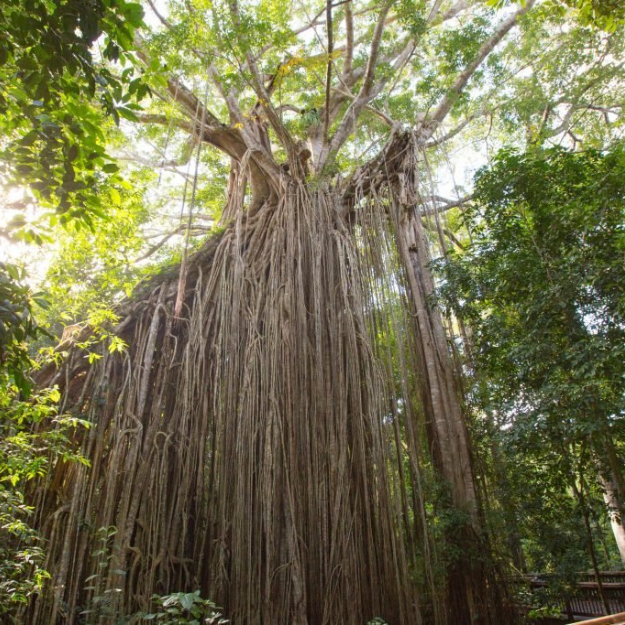
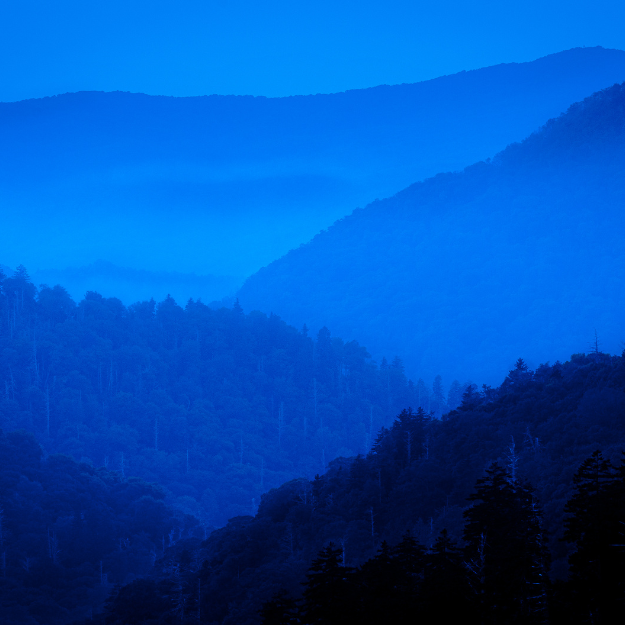
8. Atherton Tablelands, Queensland
Best for: Tree Kangaroos and Platypus
North Queensland’s Atherton Tablelands are known for their rolling hills, waterfalls, and of course, wildlife. Here, you can spot tree kangaroos in the forested areas and search for the elusive platypus in the region’s lakes and rivers. This area is perfect for those who enjoy a more tranquil and secluded wildlife experience.
Key Spots:
- Curtain Fig Tree: A great place to see tree kangaroos.
- Yungaburra: One of the best spots to catch a glimpse of a platypus.
For a quiet escape into nature, this region offers a fantastic eco-friendly travel experience.
Conclusion: Australia’s Wild Side Awaits
Australia’s rich biodiversity and stunning landscapes make it a top destination for wildlife lovers. From the tropical rainforests of Queensland to the rugged outback and serene coastal areas, there’s no shortage of opportunities to encounter native animals in their natural habitats. By visiting these incredible places through eco-friendly tours and sustainable travel options, you’ll not only witness unforgettable wildlife encounters but also contribute to preserving these ecosystems for future generations.
Whether you’re hoping to snap photos of kangaroos and koalas or dive into the vibrant world of the Great Barrier Reef, Australia offers some of the best wildlife experiences in the world
